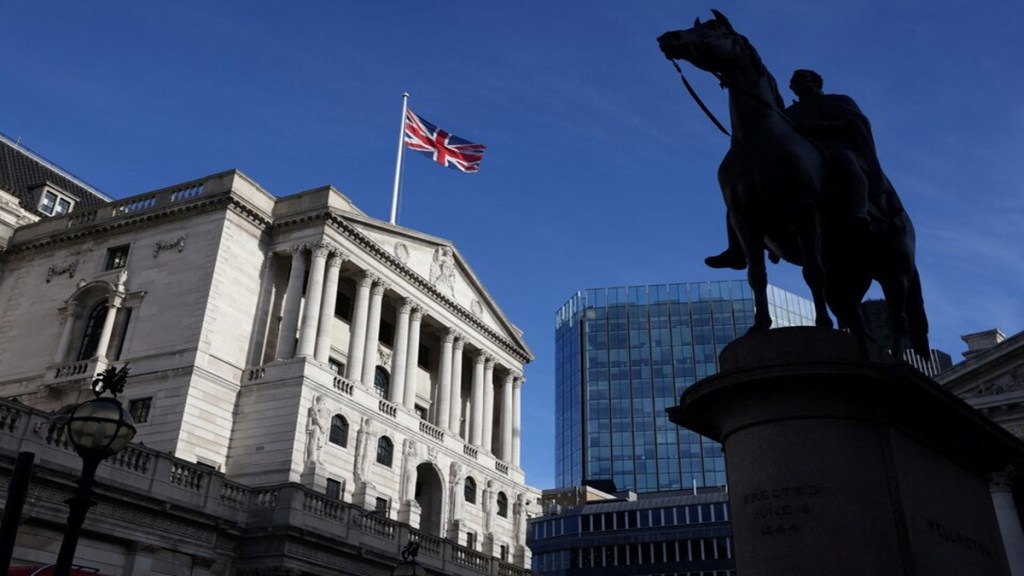By Nigel Green
The latest speculation surrounding potential interest rate cuts by the Bank of England (BoE) has sparked renewed interest among global investors, reshaping perceptions of the UK market and presenting strategic implications for portfolio positioning.
For several years now, the Bank of England has been perceived as a monetary policy laggard compared to its European and US counterparts.
However, recent developments suggest a significant shift in this narrative.
Traders are now betting that the BoE could beat its global peers to the punch by implementing interest rate cuts sooner than expected.
Money markets have raised wagers on easing at the next monetary policy decision, with the probability of a cut currently standing at 20%, compared to less than 10% for both the Federal Reserve and the European Central Bank (ECB).
So, what does this mean for global investors?
Firstly, it underscores the importance of staying attuned to evolving market dynamics and being nimble in adapting investment strategies.
The potential for interest rate cuts by the BoE could impact various aspects of the global investment landscape, including regions, sectors, currencies, and asset classes.
From a regional perspective, the UK market suddenly becomes more attractive in comparison to its European and US counterparts.
A proactive stance by the BoE in cutting interest rates could stimulate economic activity and bolster investor confidence, potentially leading to increased investment inflows into UK equities and fixed-income securities. Moreover, a depreciating British pound could further enhance the attractiveness of UK assets for foreign investors, particularly in export-oriented sectors.
In terms of sectors, certain industries stand to benefit from a lower interest rate environment. Sectors such as real estate, utilities, and consumer discretionary may experience increased demand as borrowing costs decrease, stimulating investment and consumption.
Additionally, dividend-paying stocks may become more appealing to income-seeking investors in a low-interest-rate environment, providing support for sectors traditionally favoured for their stable cash flows and dividend yields.
Currencies also come into focus amidst speculation of interest rate cuts by the BoE.
A potential decline in the value of the British pound relative to other major currencies could present opportunities for investors engaged in currency trading or cross-border investments.
Diversifying currency exposure within investment portfolios will mitigate currency risk and capture potential gains resulting from exchange rate fluctuations.
Given these dynamics, how should investors position their portfolios to navigate the implications of potential interest rate cuts by the Bank of England?
Firstly, maintaining a diversified portfolio across regions and sectors can help mitigate risks and capitalize on opportunities arising from changing market conditions. Allocating exposure to UK assets, particularly in sectors expected to benefit from lower interest rates, could enhance portfolio returns and diversification.
Furthermore, active monitoring of central bank policies and economic indicators is essential for making informed investment decisions.
Keeping abreast of developments in monetary policy from major central banks, economic growth projections, and inflationary pressures can provide valuable insights into market trends and potential investment opportunities.
(Author is CEO and Founder, deVere Group.


